
Silkworms and silk history
Silkworms make silk
People make silk from the cocoons of silkworms. Have you ever seen a butterfly cocoon? It is just like that. You have to take zillions of these cocoons and unwind them carefully, and that makes long threads like spider webs, and you spin these together to make them thicker, and then weave them to make silk.
More about Chinese clothing
Articles about ancient China

Silkworm cocoons and silk history
Chinese women make silk
Silkworms come from China, and people in China were using silk – nobody knows how – by about 6500 BC, not long after they started to farm rice. They were weaving silk cloth by the 3000s BC, in the Stone Age.
As with most cloth-making all over the world, women did most of the work to produce silk. Little girls picked mulberry leaves for the silkworms to eat. Grown women spun and wove silk. Old women fed the silkworms. Many free women did this at home, so their family could pay taxes in silk. But many other women worked as slaves in big silk factories. People used silk not just for clothing, but also for fishing lines, rope, and paper.
Women’s lives in ancient China
The invention of paper
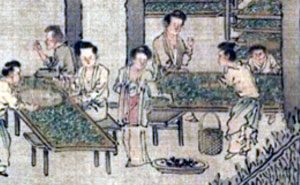
Silk history: Women work in a silk workshop (Song Dynasty, 1100s AD)
Silkworms eat mulberry leaves
Silkworms will only eat fresh mulberry leaves, and for a long time mulberry trees only grew in China and Japan (and East Asia generally). Silk was rare outside East Asia.
The Silk Road
Traders started to sell silk from China in India and West Asia around 2000 BC. But traders carried a lot more silk once the Silk Road got started, about 500 BC. By the time of the Roman and Parthian Empires, silk was very popular in West Asia and around the Mediterranean.
What is the Silk Road?
To get silk, traders sold gold and silver, horses and glass. Because silk had to come from so far away, silk was very expensive in West Asia, Africa, and Europe. Ordinary people could not afford to wear silk, or just had one fancy silk scarf or hair ribbon. But everyone wanted to wear silk. It was very pretty, smooth and shiny and soft, and comfortable to wear. Also silk was cooler in the summertime than wool or linen.
Here’s a video of women in Thailand unwinding the cocoons
Steel sewing needles and embroidery
About 200 AD, during the Han Dynasty, the invention of crucible steel in India and Central Asia made it possible to make good steel sewing needles, and Chinese women started to sew complicated clothing out of their silk. They also started to embroider complicated designs all over silk cloth, so their bosses could sell the silk for more money.
More about sewing needles
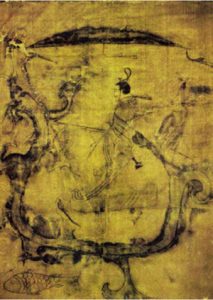
Eastern Zhou man fighting a dragon (ca. 300 BC) – silk cloth
Silk in Syria
Around 600 AD, some Christian monks who had gone to China managed to smuggle out two baby mulberry trees and some silkworms under their tunics, and brought them back to West Asia. Soon these silkworms were making silk in Syria, and silk became a lot cheaper than it had been before. In Syria, too, women embroidered the silk to make it more beautiful and more valuable.
When the Islamic Empire took over Syria less than a hundred years later, it also took over the silk business. Because of this, silk was generally much cheaper and more available in the Islamic Empire than it was in medieval Europe. But by the 1200s AD, as cotton-growing spread across Eurasia, even people in China wore more cotton and less silk.
Learn by Doing – Silk and other cloth
Bibliography and further reading about silk cloth:
Silk, by Claire Llewellyn (2002). Easy reading.
Eyewitness: Costume, by L. Rowland-Warne (2000). Easy reading, but mainly European clothing, from earliest times to modern.
World Textiles: A Concise History, by Mary Schoeser (2003). Harder going.
Chinese Silk: A Cultural History, by Shelagh Vainker (2004).
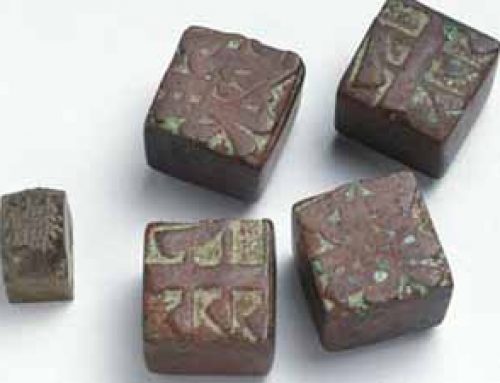


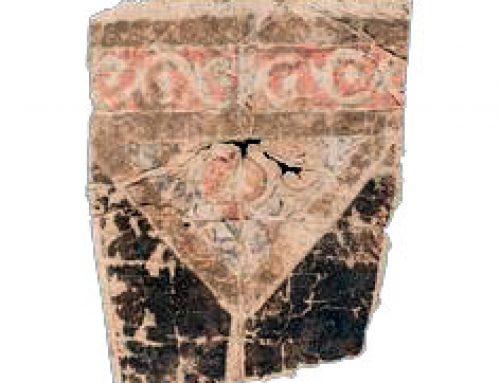
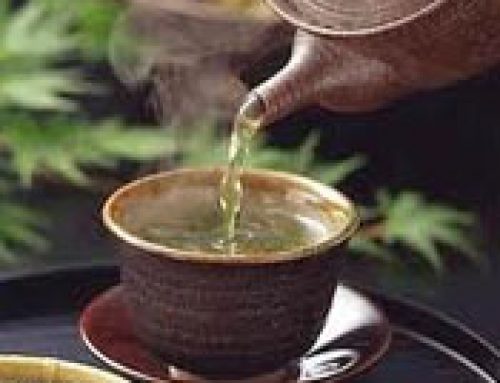
This is the best. It gives a lot of info.
Thanks!
dear Karen Carr
this was very helpful, I am really thankful
from Australian Myths
Wonderful! I’m so glad we could help.
woah